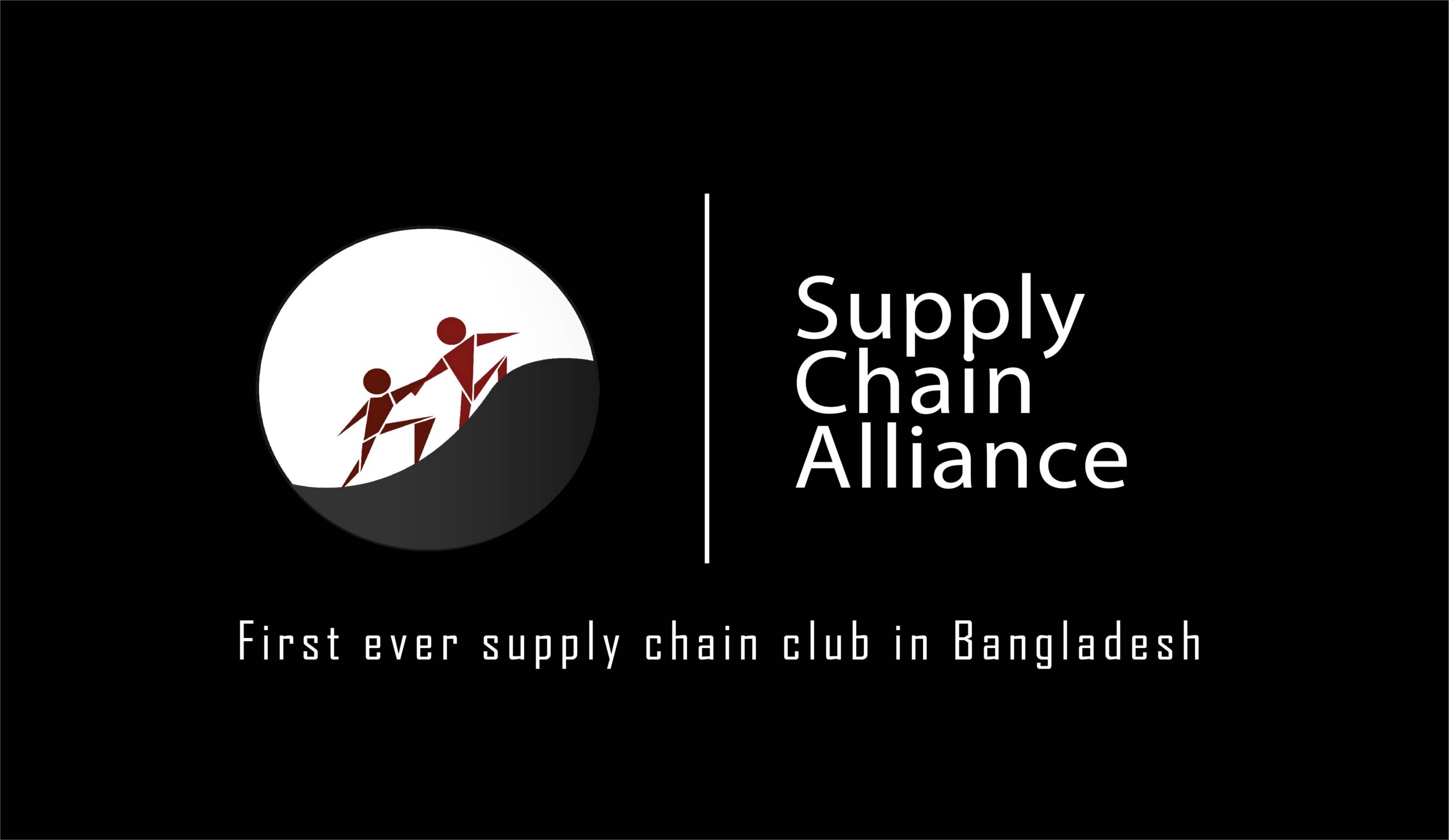A case study is basically an intensive study about finding solutions to any problem. It is quantitative research, so to say, where the problem solver uses his/her understanding, insights, and ideas to reach a certain phenomenon. In other words, a case study is the investigation of a problem, examining the alternative solutions, and implementing the most practical and effective solution with appropriate evidence.
This article is prepared with the purpose of introducing the basics of a case analysis. Well, if the foundation is solid, the outcome will be fruitful. So the most important thing in case analysis is to understand the problem and requirements properly.
The heart of solving a case is to extract the case thoroughly. Yes, you need to conceive the idea of the problem and find a solution based on the given information and your insights. Here are some key suggestions.
– Carefully go through the case and take notes for convenience.
– Comprehend the situation and identify the underlying causes.
– Finally, extract and analyze the data in the case.
The true weight is in the introduction and conclusion parts of the case. Therefore, give the best focus on these sections.
The following steps show the sum up of a case study-
(1) Case Analysis
The first thing to solve a case is to analyze it; understand the problem and try to find solutions. There are several analysis tools for case solving.
SWOT analysis, Pestle, and Porter’s Five Forces Model are the most commonly used and basic tools of case solving. Some advanced tools to judge a problem include the value chain model, BCG Matrix, ANSOFF Matrix, etc. Apart from these, any analysis tool or model can be used if it is adjustable or relatable to the case. This is notable, these tools are to be used only when their application is required. Avoiding the unnecessary use of tools is recommended.
(2) Identifying Problem and Symptoms
Identifying the problem is the most significant part of case analysis. Remember that a case can contain a number of problems and symptoms. The problem is the core issue whereas the symptom is the impact or consequence of a problem. But most of the time, these terms are conflated with each other and as a result, the number of core issues in a case increases which in turn requires specific solutions that are extremely hard to meet. A simple tip to avoid the blending of “problem” and “symptoms” and get the direction to the core problem is frequently asking “WHY”. If you can construct a “WHY” question through a sentence, then this is the “problem”.
So, being careful about the difference between problems and symptoms is a must.
(3) Finding Alternatives
One mistake commonly done by all is directly jumping to the solution or recommendation of a case after finding out the problem which is not wise at all. In fact, one should see whether there are any alternatives to the problem, and definitely, there will always remain an alternative to any problem. Put alternative solutions after thoroughly judging and evaluating them because the more you create alternatives the more you get the chance of getting an appropriate solution.
(4) Recommendation
Some cases require multiple recommendations. Consequently, the recommendation can broadly be divided into 2 parts- short-term recommendation and long-term recommendation. The short-term recommendation includes the solution to current problems and the long-term recommendation provides a guideline for future courses of action. But the recommendation style basically depends on the solution to your problem. This is mentionable, the recommendation style basically depends on the solution to your problem. For instance, if you are asked to provide a solution to different divisional problems, you may put division or department-wise recommendations. Precisely, recommend based on the requirement.
(5) Monitoring and Evaluation
After drawing the recommendation, it must be monitored and reevaluated. This is possible that the milestone, KPI (key point inductor), and targets we have set on the recommendation segment may not be achievable. In case of such chances of failure, contingency solutions must be provided. The way we choose and denote the best alternatives, the best contingent alternatives must be chosen and denoted based on the situations.
(6) Conclusion
Concluding the case might seem to be the most confusing part of it. It mainly provides closure while highlighting the key points discussed and emphasizing the decision. A conclusion should be short and specific. No ambiguity further to be dragged into it. To rephrase, the conclusion segment should be very simple that remind only the ultimate facts within the case and the best solution to them.
Mistake! Where there is a quote, “mistake is a single page of life”, how do you think your problem solving would not include one? There are some common mistakes, consciously or unconsciously imparted, and here are some tips to avoid them-
– Don’t use analysis tools unnecessarily (e.g. SWOT, Pestle, Porter’s five force’s model etc.)
– Don’t incorporate information that are unrelated to the case
– Don’t make excess issues out of the case; differentiate between problems and symptoms
– Don’t jump to the conclusion. Find out the alternative solution to your problem and then give an appropriate recommendation.
– Don’t conclude the case if there’s an option to place contingent alternatives of your recommendation.
As mentioned earlier, this article is prepared to provide the reader with the basic concept of a case study, but, to successfully solve a problem one must possess the power of clear understanding, conscious reasoning, and perspicuous expression or wording.
Last of all, genuinely good wishes to all who are reading this; hopefully it will be of your use!







